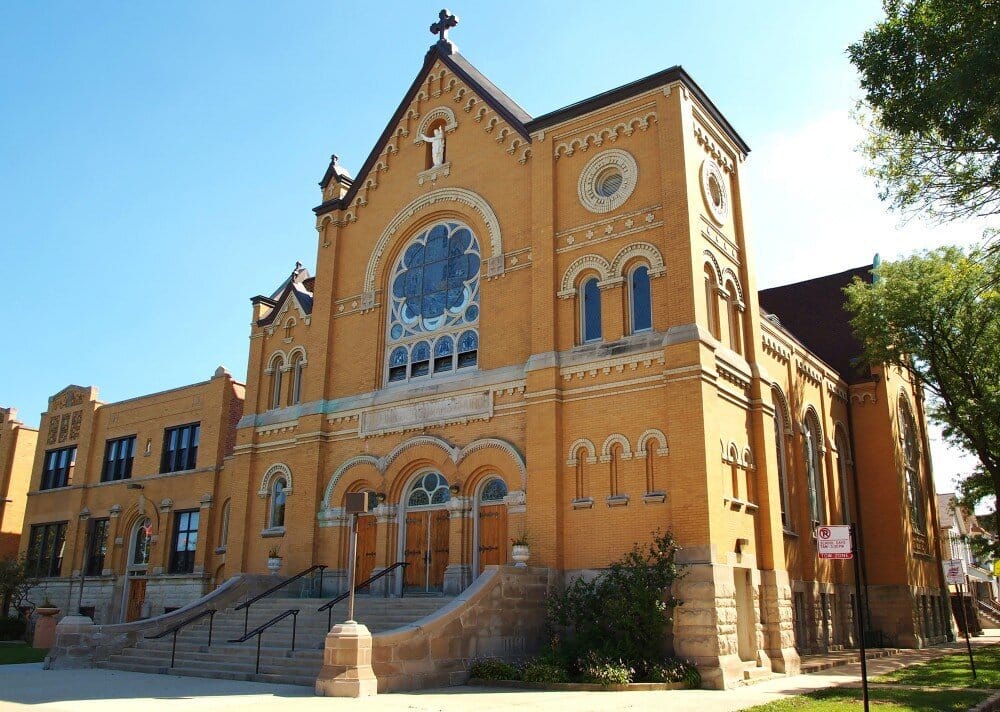

Summer on Logan Boulevard
Logan Boulevard, with its flowering trees in bloom, is a green getaway to explore this summer. Among all Chicago’s historic boulevards, this two-and-a-half-mile stretch remains one of the most intact.
Logan Boulevard, with its flowering trees in bloom, is a green getaway to explore this summer. Among all Chicago’s historic boulevards, this two-and-a-half-mile stretch remains one of the most intact.
by Jill Dahlke, CAC docent, class of 2005
Logan Boulevard was designated a National Historic District in 1985 and awarded landmark status by the Chicago City Council in 2005.
Our walk—or bike or drive, if you would rather—begins at the Illinois Centennial Monument found at Kedzie Avenue and Logan Boulevard. Created in 1918 and designed by Henry Bacon, this 68-foot-tall monument with an eagle perched atop pays tribute to the first 100 years of the State of Illinois.
Head east, crossing Milwaukee Avenue, and stroll along the northern lane of the boulevard’s frontage road, lined with early 20th century houses. As you approach Whipple Street, you’ll see an expansive 1906 Victorian-inspired home at 3024 W. Logan Blvd. Spanning three city blocks, the residence was designed by John Ahlschlager for John E. Rustman, the owner of Jefferson Ice Company.
Proceed east for several blocks to Mozart Avenue, where you’ll encounter the former Church of Christ, Scientist designed by Leon Stanhope in 1916.
As you walk a little farther east and hit Maplewood Avenue, look to the south to view St. John Berchmans Parish, with its distinct roofline arches, and the adjacent school. Architects Henry Worthman and John Steinbach, who designed many other churches throughout the city, used yellow brick with rusticated limestone at the base. This parish was initially built to serve Belgian Catholics in Chicago.
Our stroll now reverses to the west. Travel on the south side of the boulevard this time, where single-family homes and three-flats overlook the expansive green space. At Washtenaw Avenue, a 1907 Prairie Style home designed by George Washington Maher stands out, with poppy-inspired glass windows and elongated Roman brick.
Greystones continue to line the boulevard as you make your final approach back to Milwaukee Avenue, where the Centennial Monument remains visible. The Logan Square Farmer’s Market is hosted here on Sundays from 10am to 3pm, so make time for a stroll along Logan Boulevard before picking up fresh produce.
